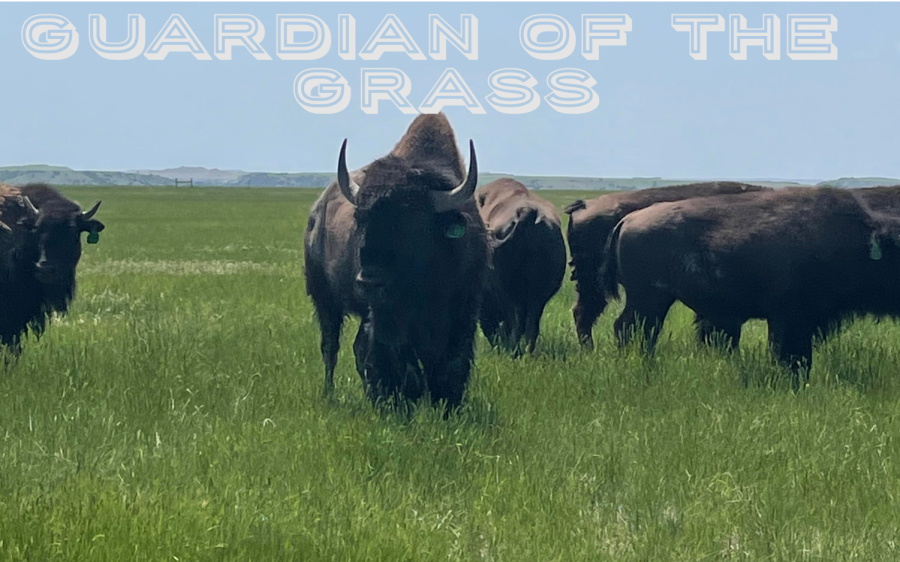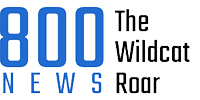Dan O’Brien: Guardian of the Grass
Imagine you are riding through a wide-open prairie in a no-door suburban with a 1 ton beast only yards away. This is what the South Dakota summer seminar experienced this past summer at Wild Idea Buffalo ranch. The ranch is located just outside of Rapid City, South Dakota, and it contains over 100,000 acres of pure, native grasslands grazed by native North American bison. Dan O’Brien started Wild Idea Buffalo Company over 20 years ago with the intent to restore the Great Plains to what they once were, with wild prairie grasses grazed by wild American Bison.
In the 1800’s, the Westward expansion and the Gold Rush began. Volumes of Americans moved out west, settling plots of land along the way. In the process, they overhunted and kicked out many bison from their homes and built towns and farms on the Great Plains.
Not only did they eradicate bison from their homeland, they also removed native grasses from the plains and planted non-native plants, such as wheat and corn. When planted, farmers would till the ground, releasing harmful carbon into the atmosphere. In turn, the soil had poorer quality because of the lack of carbon, and the atmosphere worsened because the carbon was released. Modern farming practices such as this contribute greatly to global warming.
When Dan started the project, he had fields similar to what you would see in a farm today–fields of wheat and invasive grasses that do not contribute much to a healthy ecosystem. So, at a great cost to himself, he killed all of the invasive plants and then planted native grass seeds. He has spent millions of dollars and countless hours of time restoring fields to native grasses. He claims that he almost considers himself more of a grass farmer than a bison farmer. The bison compliment the grasses well because they are constantly on the move grazing. Unlike cows that remain in one section of land and wipe out the grass, bison never stay in one spot long enough to mow the grass all the way to the ground. According to Wild Idea’s website, (wildideabuffalo.com), a bison can roam anywhere from two to five miles per day.
Seeing the impact that Dan has made on the ecosystem encouraged and surprised many Westminster students on the trip.
Senior Tim Shoemaker’s favorite part was “being surrounded by Bison and [to] see how they positively impact the prairie ecosystem.” Shoemaker also learned that “Bison are a keystone species, meaning that they are crucial to the Great Plains ecosystem and preserving the prairie landscape.”
Senior Jadyn Patton enjoyed “Driving through the field of Bison and seeing how big the were” and also learned about how “Bison relate to restoration and how they improve our lives and environment today”
Dan has spent his whole life working to restore the plains to what they once were. He is restoring the prairie, reestablishing the wild Bison population, and reducing the carbon footprint all at the same time.




